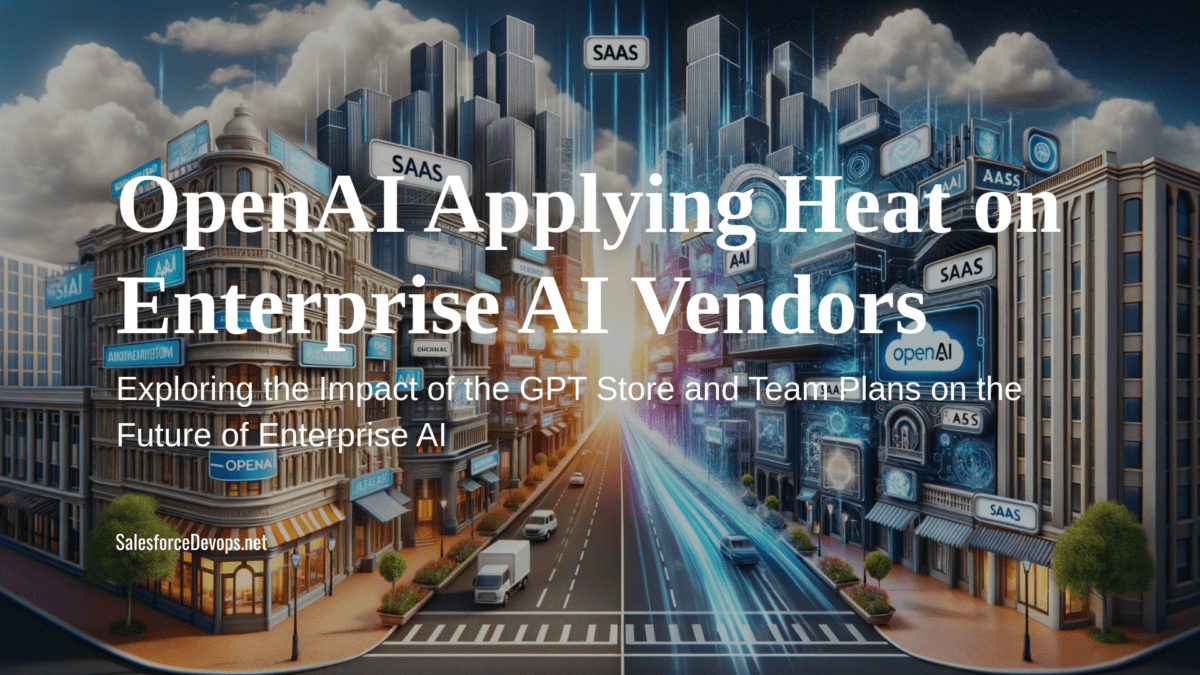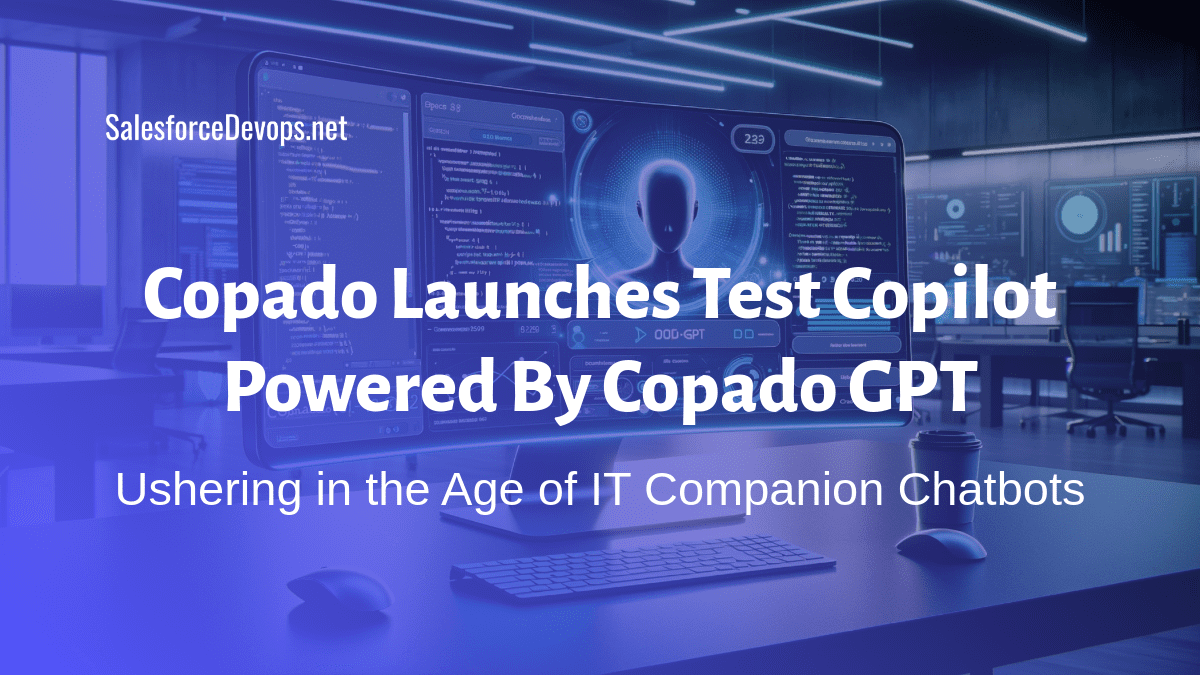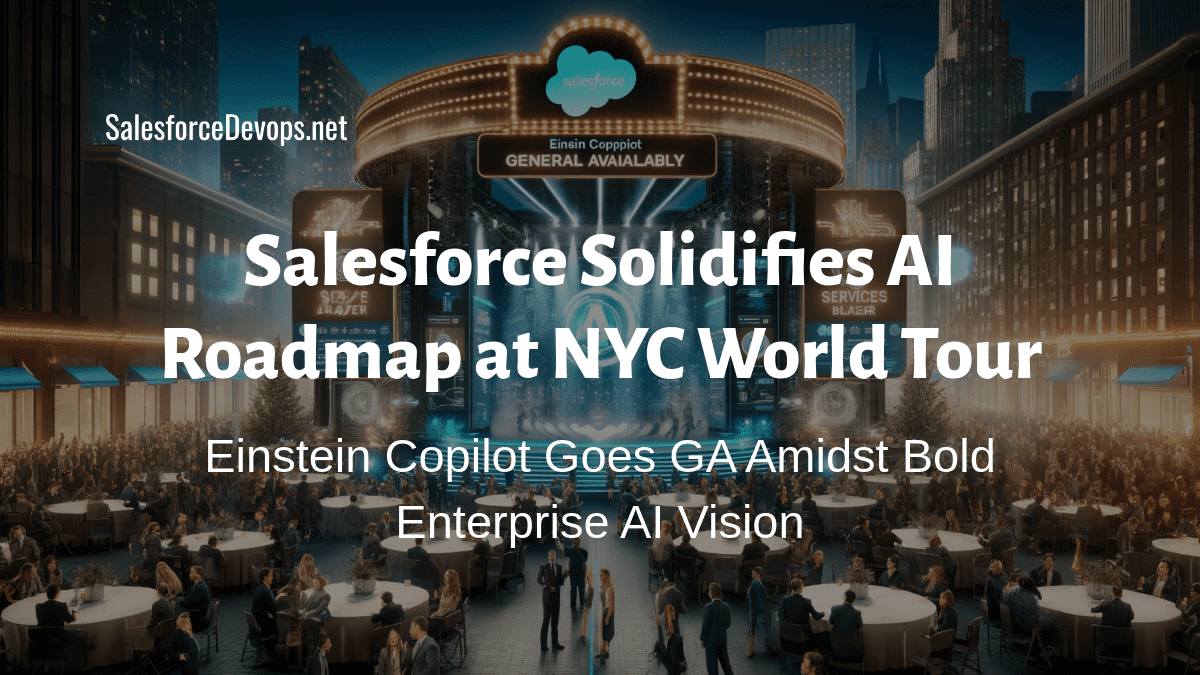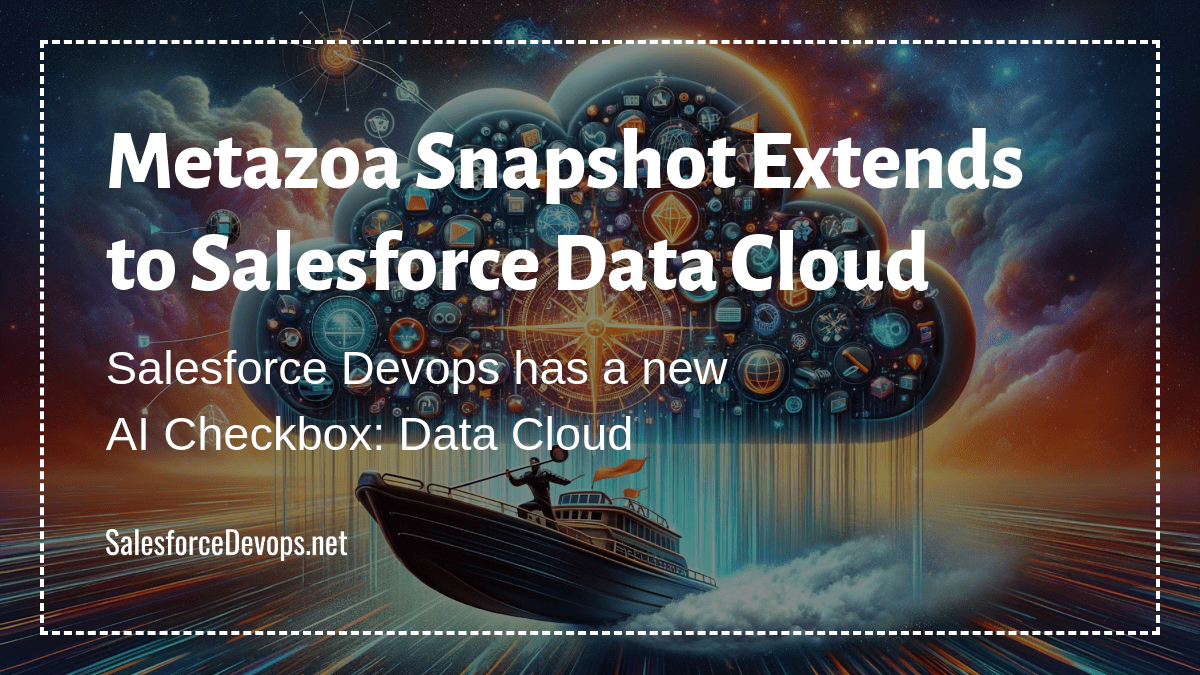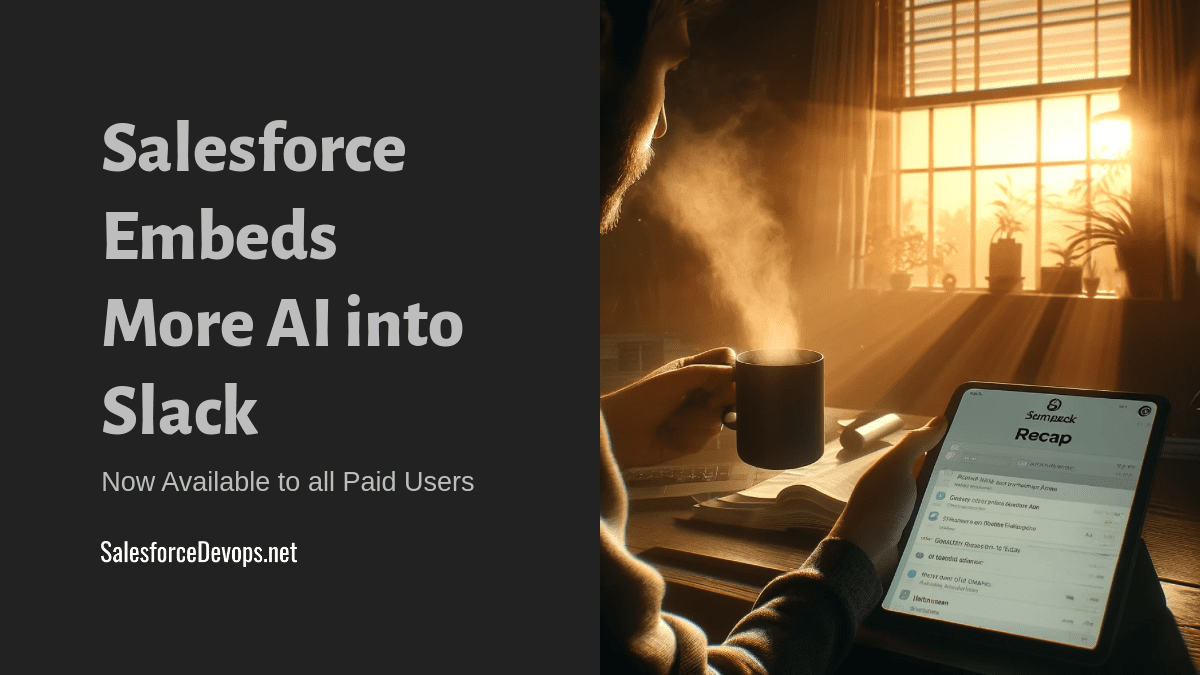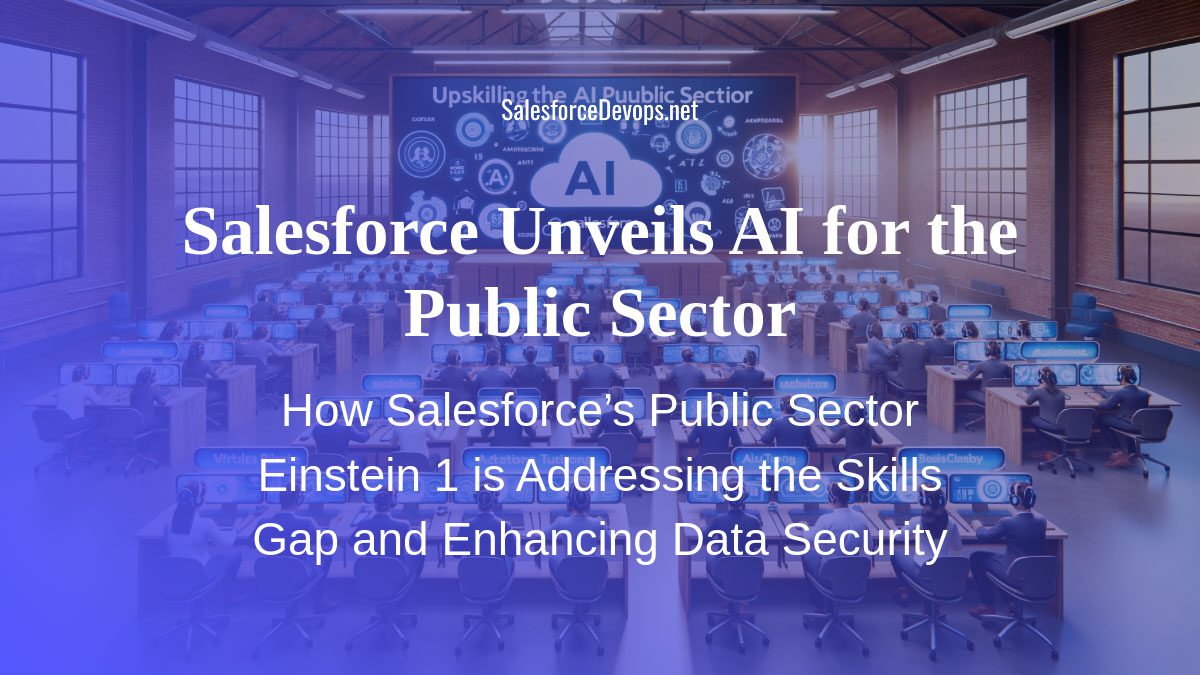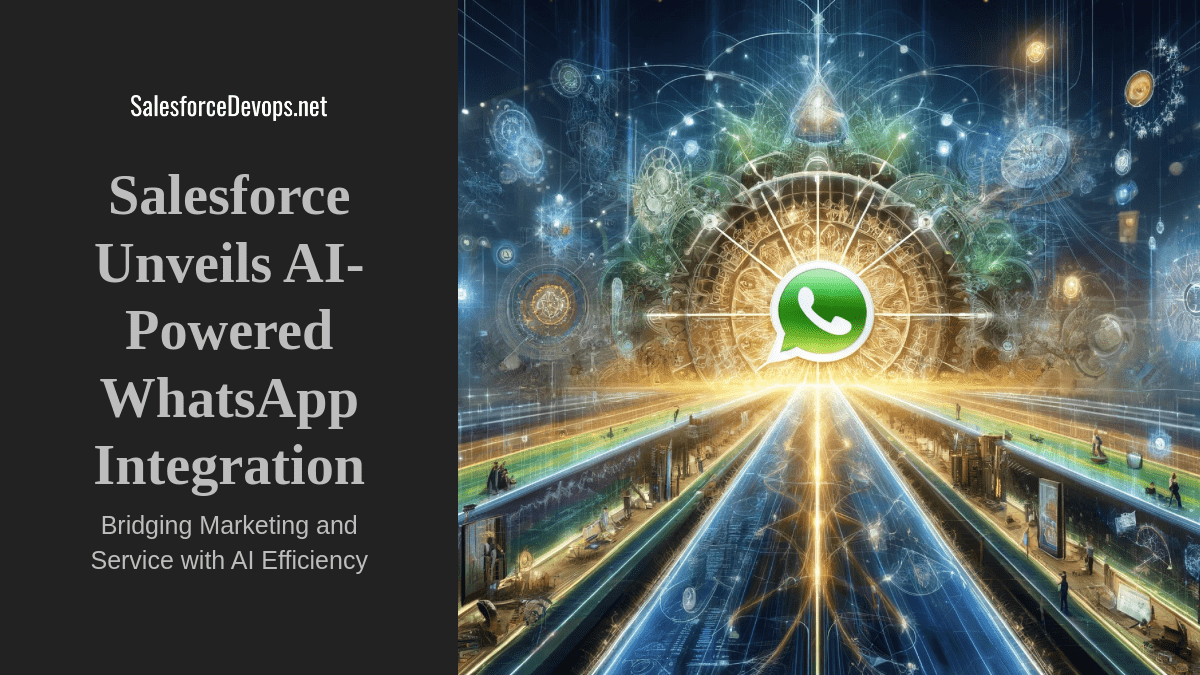OpenAI Applying Heat on Enterprise AI Vendors
OpenAI yesterday made two moves strengthening their commercial footing – launching a GPT Store for discovering helpful AI bots and new Team subscription plans expanding access to models like GPT-4.
The releases display OpenAI’s accelerating ability shipping products enabling wide enterprise AI consumption. Their expanding horizontal platform offers readily usable intelligence, while vertical SaaS providers still work towards tightly integrating smart features. OpenAI’s rising product range is a new competitive dimension in the SaaS industry. Their new horizonal AI products are forces response urgency from slower-moving vendors.
Table of contents
GPT Store Spurs Niche AI Experiments
The GPT Store offers partners and builders infrastructure to publish custom ChatGPT versions tailored for specific use cases. The store consists of curated selections, leaderboards, and search to help discovery.
Financial incentives initially seem more about branding than riches, with payouts only tied to US engagement hours. But participation economics should spur niche experiments from organizations.
For companies, the bigger win lies in private internal bots built atop proprietary data. Still, grassroots innovation unlocks more ideas faster across departments. IT, HR, sales, support and more can rapidly prototype then double down on effective solutions between other priorities.
However, the Store’s inevitable influx of GPTs risks frustrating users from browsing for conversational apps. So OpenAI must highlight quality offerings while improving search to smooth discovery friction.
Team Plans Widen Enterprise AI Access
Complementing the Store, ChatGPT Team packages provide an affordable entry point to leading models like GPT-4 for any enterprise willing to take the plunge. Beyond base capabilities, private workspaces allow employees to share techniques maximizing productivity. Overall organization IQ can compound as discoveries disseminate peer-to-peer.
Critically, confidential information stays shielded from OpenAI while managed controls enable governance needs. As teams demonstrate ROI then normalize practices, usage directly improves without undue risks.
Previously out of reach for smaller businesses, AI augmentation across operations, services and content creation now becomes explorable. Positive returns could lead to upgrading to Enterprise plans with more advanced functionality.
SaaS Stalwarts Under Competitive Pressure
While OpenAI’s true enterprise sway remained debated recently, consecutive commercial launches signal unambiguous urgency to slower competitors.
Many legacy vendors tout coming embedded intelligence – like Salesforce Einstein, Oracle Unity and more – as their cloud solutions’ next differentiator as AI reaches mainstream permeation. But OpenAI allows more nimble customers to sidestep roadmap reliance and inject advanced automation into existing systems now.
The malleability of OpenAI tooling means technically able departments can assemble solutions rivaling proprietary hardcoded functionality lacking customizability. If vendors delay delivering ongoing innovation, business leaders capable of buying, building, and connecting modular software themselves may increasingly opt for flexibility over vendor dependency.
Of course, integrated stacks still provide advantages versus disjointed tools. Most enterprise providers promise significant progress in this next phase of AI’s evolution.
But visible OpenAI momentum means legacy powers face heightened demands delivering on oft-touted potential before lost patience signals a vaporware problem. However, competition matters, and I see this OpenAI move as forcing SaaS vendors to focus even more on delivering AI integration this year. Confident SaaS leaders can view these competitive dynamics as an incentive pushing them to ship the most thoughtful solutions focused on real customer needs over their own corporate goals.
